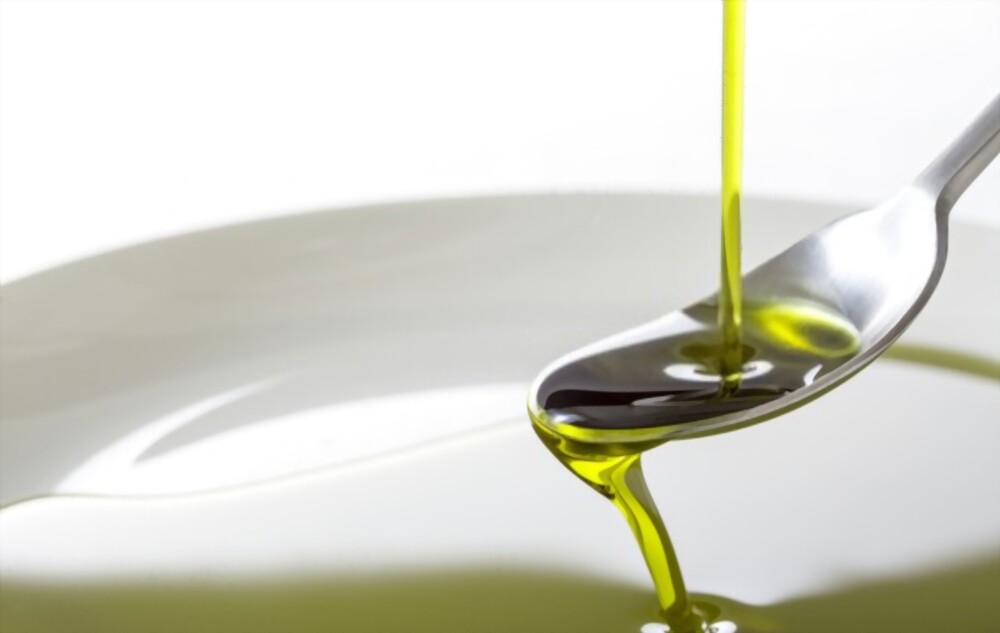We tell you what is the acidity of extra virgin olive oil? and the quantity permitted by law, this being one of the main indicators of the quality of an oil.
What is the acidity of extra virgin olive oil?
Acidity in Extra Virgin Olive Oil (EVOO) refers to the percentage of oleic acid (a monounsaturated fatty acid) present in the oil. Acidity is an indicator of the quality of the oil and is measured in percentage terms.
What acidity indicates is the amount of free fatty acids contained in an oil. An EVOO is mainly composed of triglyceridesalso known as fatty acids. Within these there are different types, the predominant one being monounsaturated oleic acid, which is very healthy.
Fatty acids are released when the triglycerides that make up olive oil "break". This is due to various causes ranging from the degree of ripeness of the fruit, possible pests, storage conditions or even oil extraction processes.
The better these conditions are, the less "breakage" there will be, and therefore the lower the acidity and the higher the quality.
Amount of acidity of olive oil permitted by law
The amount of acidity allowed in Extra Virgin Olive Oil varies according to the legislation of each country or region. However, in general, international standards, and this is the case in Spain, establish that in order to be considered EVOO, the oil should have an acidity not exceeding 0,8%.
According to European Union regulations, this limit is one of the standards to be able to market a product with the denomination of Extra Virgin Olive Oil. Higher acidity values indicate that the oil has been made with olives that are not fresh or that have undergone some kind of alteration, which affects its taste, aroma and organoleptic properties.
In general, low acidity in EVOO indicates an oil of high quality and aroma characteristic of fresh olives and a higher amount of nutrients and antioxidants. On the other hand, high acidity in EVOO may indicate a low quality oil, with an altered flavour and aroma and a lower amount of nutrients and antioxidants.
For virgin olive oil, the degree of acidity must be better than or equal to 2%. Olive oil composed of refined olive oils must be less than 1%.
Acidity and taste: are they related?
There is a great deal of confusion among consumers about the acidity of olive oil and taste, as it is widely believed that the two are closely related. However, the reality is that acidity has nothing to do with taste. In fact, not even the best EVOO tasters could tell whether the acidity of an olive oil is high or low.
Now you know what the acidity of extra virgin olive oil is and how it influences the quality of the product. At Verde Divino all our EVOOs comply with the amount allowed in Spain to guarantee a differential quality.


